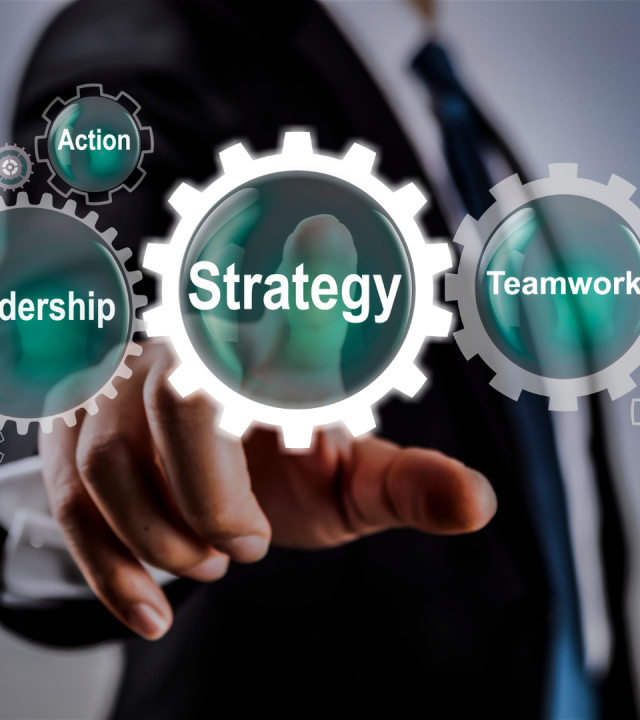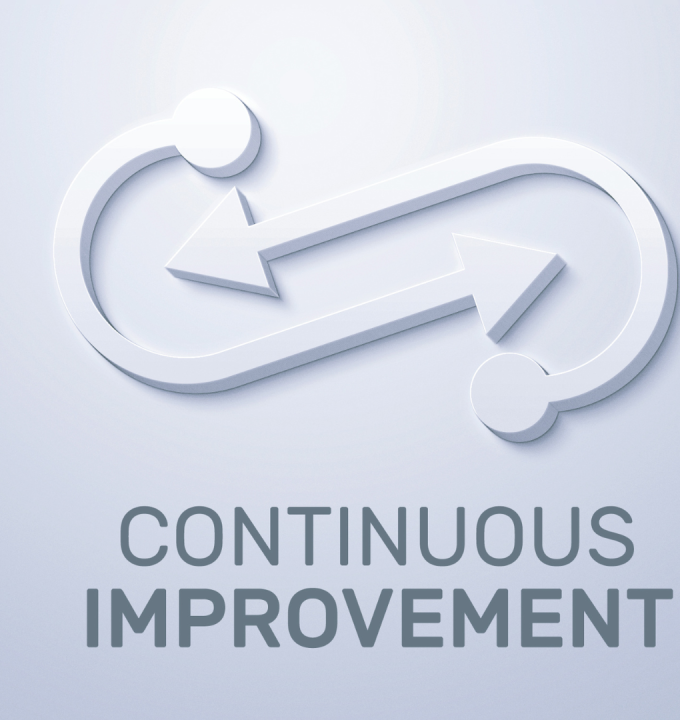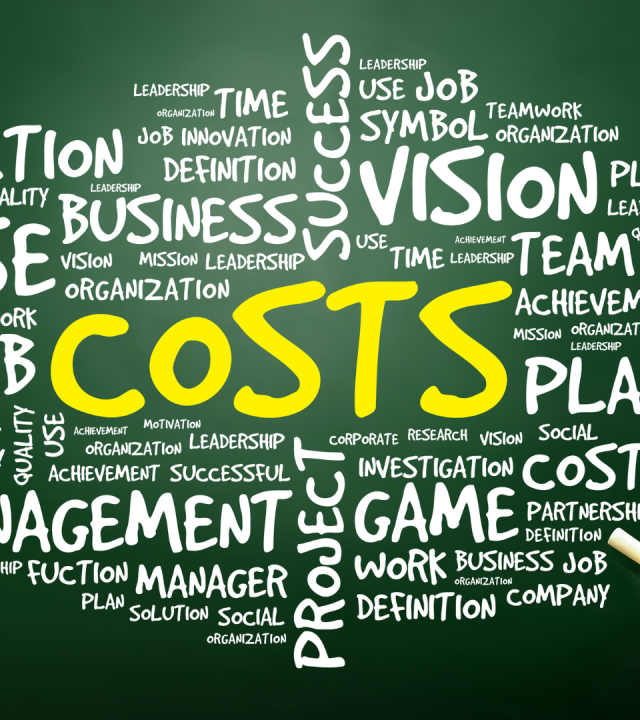Case Studies
Discover how Arkom Omnia has empowered businesses across industries to achieve transformative results. Our case studies showcase real-world examples of strategic planning, operational excellence, and innovative solutions that drive measurable success. Let our proven expertise inspire your next big move.
CASE STUDY #1 TURNAROUND





Revenues: +8%
Ebitda TO BE: +200% (da 3,1% a 9,3%)
MAXIMIZING PRODUCTIVITY AND IMPROVING OEE
Optimization of production capacity and operational efficiency of a B2B chemical company in Northeast Italy aiming to reduce downtime and improve Overall Equipment Effectiveness (OEE).

- Material Waiting Times: Delays in supply disrupting production flow.
- Maintenance: Unscheduled maintenance leading to unexpected downtime.
- Setup Times: Long setup durations that reduced availability.
- Equipment Failures: Machine malfunctions requiring repairs that impacted OEE.
- Investment in Execution System (MES) to enable real-time monitoring of machine performance and efficient data collection, including cycle times, machine availability, and scrap rates.
- Provision of interactive dashboards for performance analysis, quick identification of improvement areas, and historical analysis for trend optimization.
- Historical analysis to understand trends and optimize processes.



OEE increased from 67% to 87% at the same equipment capacity.
Initial investment plan: €1.2 million.
Activated: €0.4 million.
QUALITY SYSTEMS
This case study examines a company in the automotive sector, specializing in stamping and assembly, that embarked on a revenue diversification strategy by obtaining third-party certifications required by a new client. This approach was necessary to expand the company’s operations into other sectors, addressing market demands and specific customer requirements.

- IATF 16949:2016: Quality management system standard for the automotive industry.
- ISO 27001:2022: Standard for information security management.
- ISO 14001:2015: Standard for environmental management.
- TISAX: Standard for information security in the automotive sector.



Annual Revenue Increase: €5 million over 3 years.
Client Diversification: 45% of €5 million from new sectors.
Investment: €102,000.
Payback Period: 2 months.
R&D Technical Excellence
Acquiring a new OEM customer in the automotive sector with a strategic process comprised of several phases. This case study outlines the steps taken to secure a significant contract, utilizing advanced technologies to produce stainless-steel tubes and assemblies.





Utilization of hydrogen-covered furnaces.
AS IS Cycle time: 2 hours.
Required investment: €930k.
Equipment utilizing high vacuum and induction brazing.
TO BE Cycle time: 3.5 minutes.
Required investment: €280k.

This innovation not only significantly reduces cycle time but also lowers operational costs, making the entire process more competitive.
ESG (Environmental, Social, Governance)
ESG (Environmental, Social, Governance) implementation case study, starting from scratch and leading to certification.





- Establish a clear corporate mission that integrates ESG principles.
- Promote a corporate culture that emphasizes social and environmental responsibility by involving executives and employees.
- Prepare a sustainability report that outlines ESG performance and develops internal projects aimed at improving these performances.
- Provide ongoing training for employees on ESG principles to ensure a shared understanding.
- Establish Key Performance Indicators (KPIs) to monitor progress toward ESG objectives.
- Obtain ESG Certification to officially attest to the company’s commitment to sustainable practices.
SMED – MTM
Enhance operational efficiency within a metallurgic production context by analyzing and optimizing work times and methods. This was achieved through a systematic approach that included complexity analysis of molds, cycle time measurement, and identification of value-added activities from non-value-added ones to remove.




Reorganization of a Production Facility
Enhance the efficiency and effectiveness of a production facility through a structured reorganization process. This involves several key phases, each designed to address specific aspects of organizational structure and workflow.




COST REDUCTION IN TRANSPORTATION AND PACKAGING
B2B company operating in the automotive sector aiming to optimize incoming materials transportation flows to assembly plants located in Italy, Poland, and Turkey. Suppliers are distributed 40% in Italy, 30% in Europe, and 30% in other regions, road, rail, and sea mix modes influencing the overall logistics strategy.






